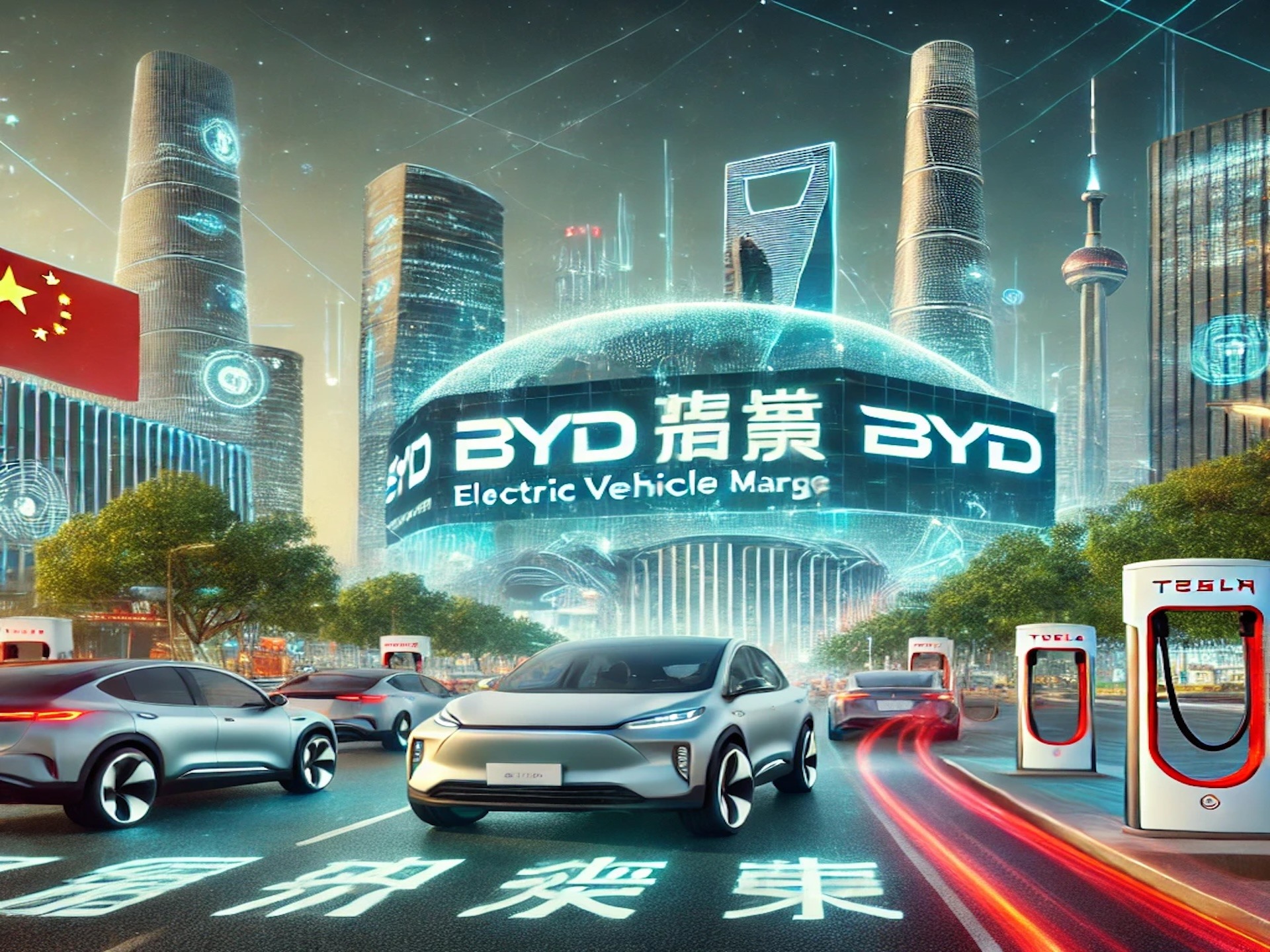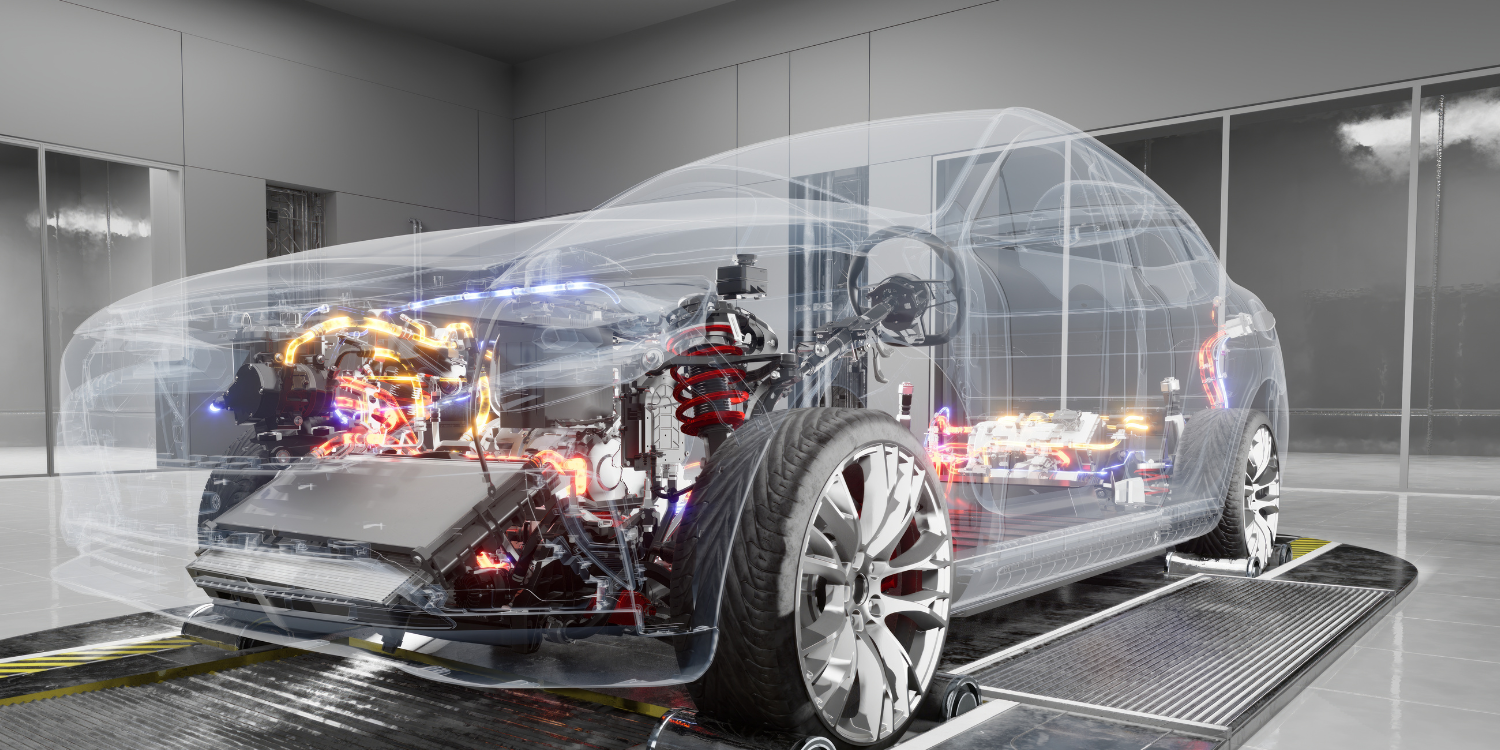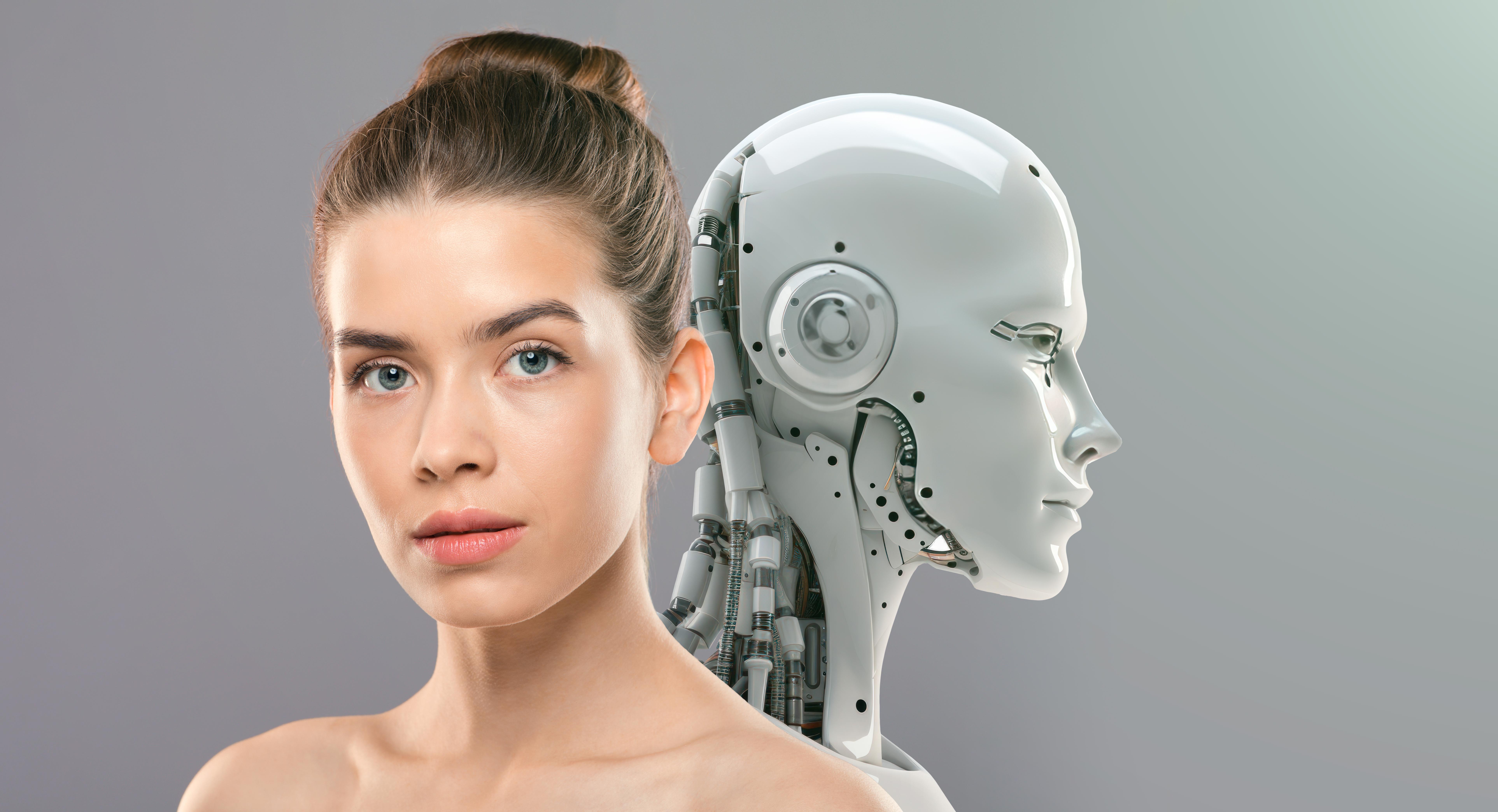Who is the World Leader in EV? The Answer Will Surprise You.

Post Categories
Robert Espinoza
Fastest EV adoption is happening in China. With current trajectory, Chinese EVs will dominate the world. Only reason that’s not happening is due to US ban on Chinese vehicles and European tariffs.
What is the cheapest EV in the world?
The cheapest electric vehicle in the world is currently the Wuling Hong Guang Mini EV, which is produced by a joint venture between General Motors and Chinese companies SAIC Motor and Wuling. It is a compact city car with a low price tag, making it very popular in China. It offers basic features and a modest range, ideal for urban commuting. The Wuling Hong Guang Mini EV typically starts at around $4,500, though prices can vary depending on the model and any additional features.
Who is leading EV by market share?
Global Q1 EV marketshare according to CNBC, Tesla 18%, BYD 16%, Volkswasgon 7%, GM 6% and Geely 5%. In China, BYD 30%, Tesla 11% and SAIC-GM-Wuling 9%. BYD electric cars have a wide price range depending on the model. For example, the BYD e2, a compact electric car, starts at around $15,000. The more popular BYD Han, a luxury electric sedan, starts at around $30,000. Prices can go higher for models with additional features and longer range options.
So if BYD can make $15,000 electric car, why doesn't Tesla have it?
Tesla's focus has traditionally been on premium, performance-oriented electric vehicles with advanced technology and longer ranges. While they have been working on reducing costs, producing a $15,000 electric car involves significant trade-offs in terms of features, battery capacity, and build quality that Tesla might not be willing to make. Additionally, economies of scale, manufacturing efficiencies, and different market strategies play a role. Tesla has mentioned plans for more affordable models, market speculation model 2 at $25,000 but Elon Musk recently mentioned that it won’t get cheaper than model 3. Instead Tesla is focused on AI and Robotics, ultimately decreasing the cost of good sold per unit. Tesla prioritizes innovation, long range, and high performance, which are costlier to achieve. Therefore, while they could potentially produce a lower-cost vehicle, it would require significant adjustments in their manufacturing process, supply chain, and perhaps a compromise on their technological and quality standards that define the brand.
Even the in China, Gigafactory Shanghai does not produce vehicles at $15,000 price range even with lower labor wage because difference in price also comes down to several factors beyond labor costs:
- Brand Positioning and Technology: Tesla positions itself as a premium brand with advanced technology, longer ranges, and high performance. This involves higher costs for R&D, battery technology, and features like Autopilot.
- Economies of Scale: BYD has extensive experience and scale in producing affordable electric vehicles, which allows them to optimize costs better for lower-priced models. Tesla is still expanding its manufacturing capabilities and may not yet have the same level of cost optimization for lower-end models.
- Supply Chain and Component Costs: Tesla uses more expensive components and materials to ensure the high performance and safety standards of their vehicles. This adds to the overall cost compared to a more basic vehicle from BYD.
- Market Strategy: Tesla's current market strategy focuses on mid to high-end consumers, ensuring profitability and brand strength before moving to lower-cost models. They have indicated plans for more affordable vehicles in the future, but this requires significant adjustments in their production and supply chain strategies.
So what is the most expensive component of the electric vehicle?
The most expensive component of an electric vehicle is typically the battery pack. Batteries account for a significant portion of the total cost due to the materials required, such as lithium, cobalt, and nickel, as well as the complex manufacturing processes involved. Advances in battery technology and production efficiency are gradually reducing costs, but they remain a major expense in EV manufacturing.
If you want to produce an EV in China, rule is that you must source battery components from Chinese companies. This includes partnerships with Chinese battery manufacturers like CATL and LG Chem. China has the largest share of raw materials for electric batteries, on top of that they have begun purchasing mines all over the world decades ago. However, several factors still influence why Tesla's cars are priced higher than BYD's despite these local advantages:
- Battery Technology: Tesla uses advanced battery technology, including proprietary battery management systems and high-performance cells, which can be more expensive than those used in lower-cost vehicles.
- Features and Software: Tesla vehicles come with advanced software, including Autopilot and other high-tech features that add to the overall cost.
- Build Quality and Materials: Tesla maintains a high standard of build quality and uses premium materials in their cars, contributing to higher production costs.
- Economies of Scale: While Tesla is growing rapidly, BYD has been mass-producing lower-cost vehicles for a longer time, giving them an edge in cost optimization for budget models.
- Brand Positioning: Tesla markets itself as a premium brand, and part of its pricing strategy reflects the brand's value proposition, including performance, technology, and innovation
While Tesla’s mission is ‘to accelerate the world's transition to sustainable energy.’, one may argue that BYD's strategy of producing more affordable electric vehicles at a larger scale accelerates the adoption of sustainable transportation. Tesla's approach is focused on leading with innovation and high performance, which also drives the market forward in a different way. Both companies are contributing to the transition to sustainable energy, but through different methods. By making electric vehicles more affordable and accessible, BYD is helping to quickly increase the number of EVs on the road, which is crucial for mass adoption. Meanwhile by pushing technological boundaries and setting high standards for performance and sustainability, Tesla influences the entire industry to innovate and improve.


